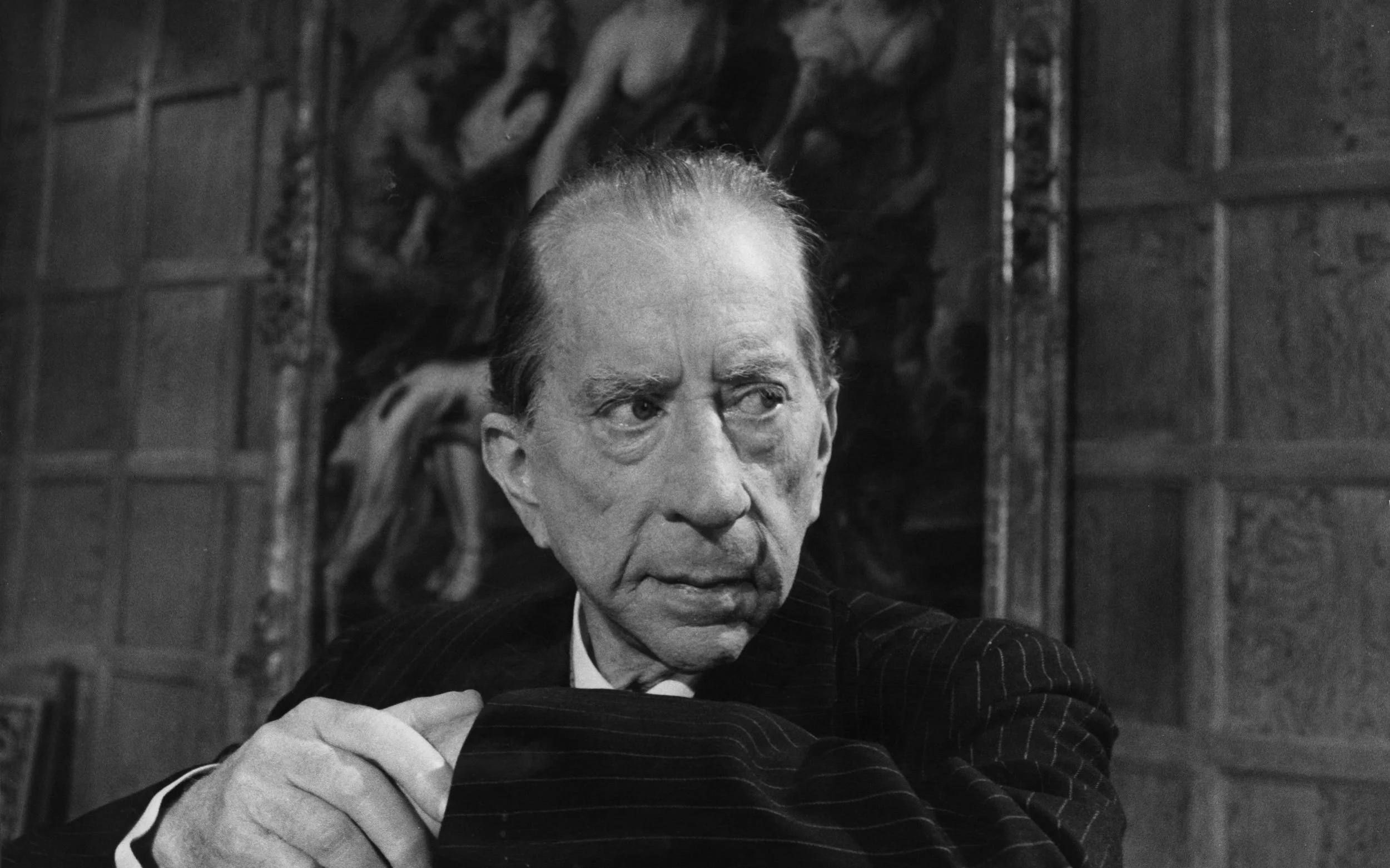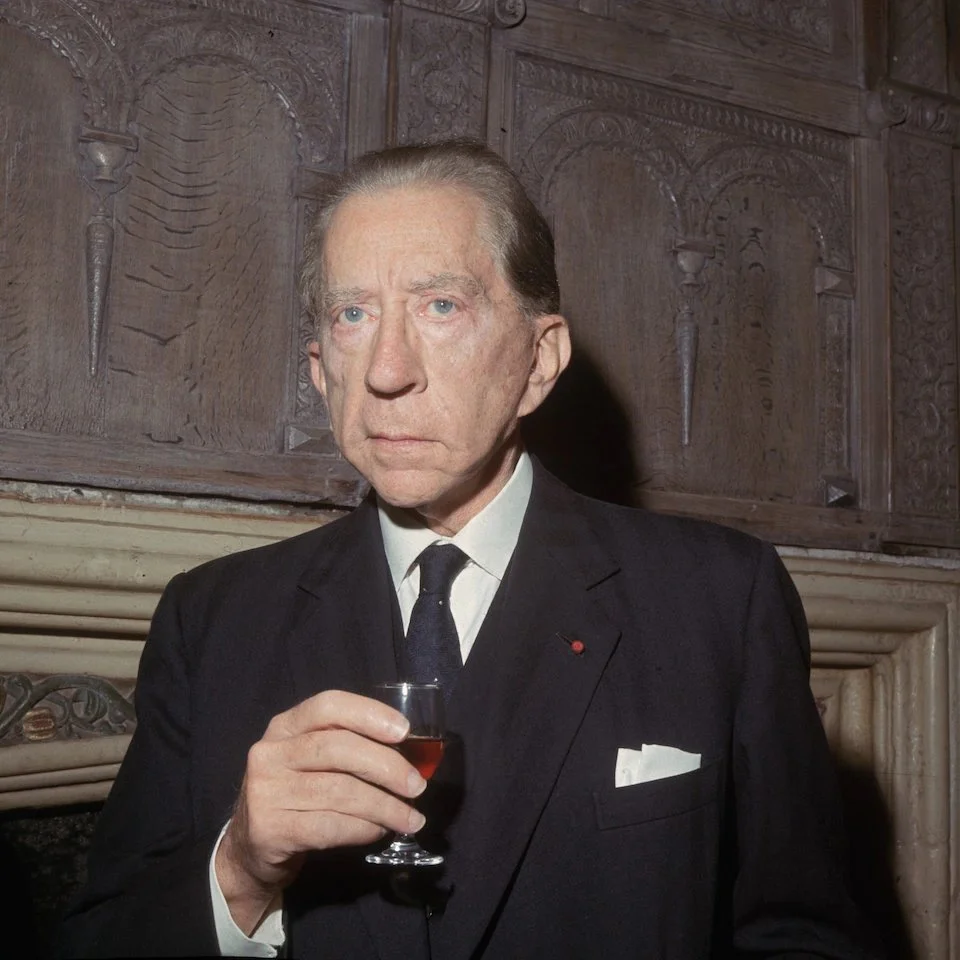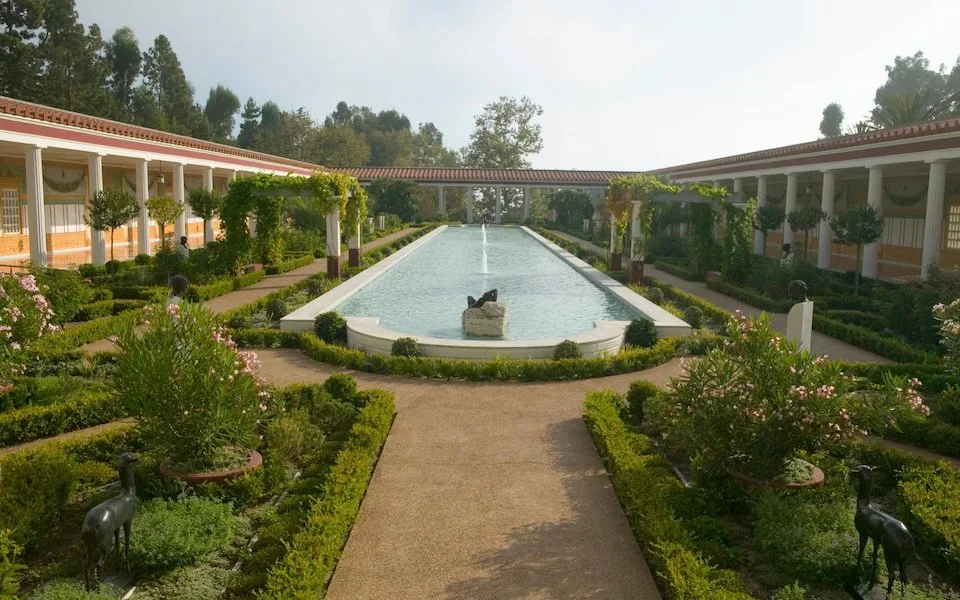J. Paul Getty: The Epitome of Art Collecting Excellence
The world of art collecting is as varied and intricate as the masterpieces it seeks to preserve. Among the pantheon of legendary art collectors, J. Paul Getty stands out not merely for the vastness of his collection, but for the sheer passion and dedication he exhibited throughout his life. His journey from a budding enthusiast to a titan of art collection is a narrative woven with intrigue, business acumen, and an unrelenting pursuit of beauty.
John Paul Getty in 1967 CREDIT: Hulton Archive
Early Life and Initial Forays into Collecting
Jean Paul Getty, born on December 15, 1892, in Minneapolis, Minnesota, was destined for a life intertwined with affluence and opportunity. His father, George Getty, was a successful oilman who laid the foundation for what would become Getty Oil. However, it was J. Paul Getty's mother, Sarah C. Getty, who imbued him with a deep appreciation for culture and the arts. This early exposure ignited a flame of curiosity and admiration that would later manifest in his monumental art collection.
Getty's initial foray into art collecting began in the early 1930s. His first major purchase was a 16th-century French furniture piece, signaling the start of a lifelong obsession with European art. His approach to collecting was meticulous and strategic, often driven by an analytical mind honed in the oil industry. Getty was known for his keen eye for undervalued pieces, a trait that would serve him well as he amassed a collection that would become one of the most renowned in the world.
John Paul Getty, circa 1960 CREDIT: Hulton
Building the Collection
Getty's collection was characterized by its diversity and depth. He had a particular affinity for European paintings, sculptures, and decorative arts spanning from the Renaissance to the 19th century. His collection included works by some of the most celebrated artists in history, such as Titian, Rubens, and Rembrandt. However, Getty's interests were not confined to paintings alone. He also had a profound appreciation for ancient artifacts, amassing an impressive collection of Greek and Roman antiquities.
One of the most significant acquisitions in Getty's career was the purchase of Rembrandt's "Marten Looten" in 1938. This acquisition marked Getty's serious entry into the world of high-stakes art collecting. His penchant for acquiring masterpieces was paralleled by his shrewd negotiation skills, often securing pieces at prices significantly lower than their market value. Getty's approach was not just about amassing art but about acquiring it with a sense of strategic foresight.
The Getty Villa CREDIT: Joe Sohm/Visions of America
The Getty Museum
The culmination of Getty's lifelong dedication to art collecting was the establishment of the J. Paul Getty Museum. In 1954, Getty opened a museum in his ranch house in Malibu, California, to house his growing collection. As the collection expanded, so did the need for a larger, more suitable space. In 1974, the Getty Villa was opened, modeled after the Villa of the Papyri at Herculaneum, and dedicated to Greek and Roman antiquities.
Getty's vision for the museum was not merely as a repository of art but as an educational institution. He believed that art should be accessible to the public and serve as a source of inspiration and learning. This philosophy was embodied in the museum's extensive programs and exhibitions designed to engage and educate visitors.
The Getty Center as it is today CREDIT: LIFE
Legacy and Impact
J. Paul Getty's legacy in the art world is monumental. Upon his death in 1976, his estate bequeathed the majority of his fortune to the J. Paul Getty Trust, ensuring the continued growth and preservation of his collection. Today, the Getty Museum, with its two locations—the Getty Center and the Getty Villa—stands as a testament to Getty's vision and passion for art.
The Getty Center, opened in 1997 in Los Angeles, houses European paintings, drawings, manuscripts, sculpture, and decorative arts, as well as a significant collection of photographs. The Getty Villa continues to focus on antiquities, showcasing ancient art in a setting that reflects its historical context.
Beyond the physical collections, the Getty Trust also supports various philanthropic efforts in art conservation, research, and education. The Getty Research Institute and the Getty Conservation Institute are pivotal in advancing the field of art history and conservation, reflecting Getty's enduring influence on the art world.
J. Paul Getty's journey as an art collector is a fascinating blend of passion, intellect, and strategic acumen. His ability to recognize and acquire masterpieces, coupled with his dedication to making art accessible to the public, has left an indelible mark on the art world. The J. Paul Getty Museum and the Getty Trust continue to honor his legacy, preserving and sharing the beauty and history of art with future generations. In the annals of art collecting, J. Paul Getty remains a towering figure whose contributions continue to resonate, inspiring collectors and art lovers around the globe.




